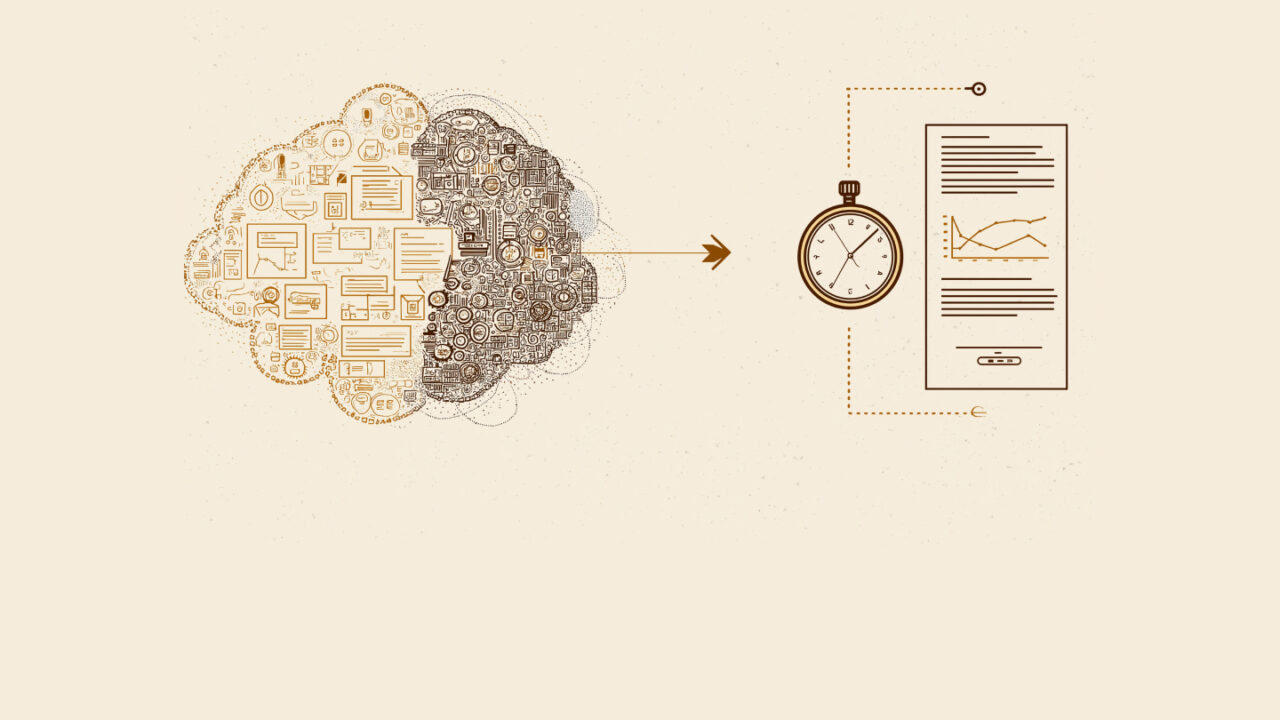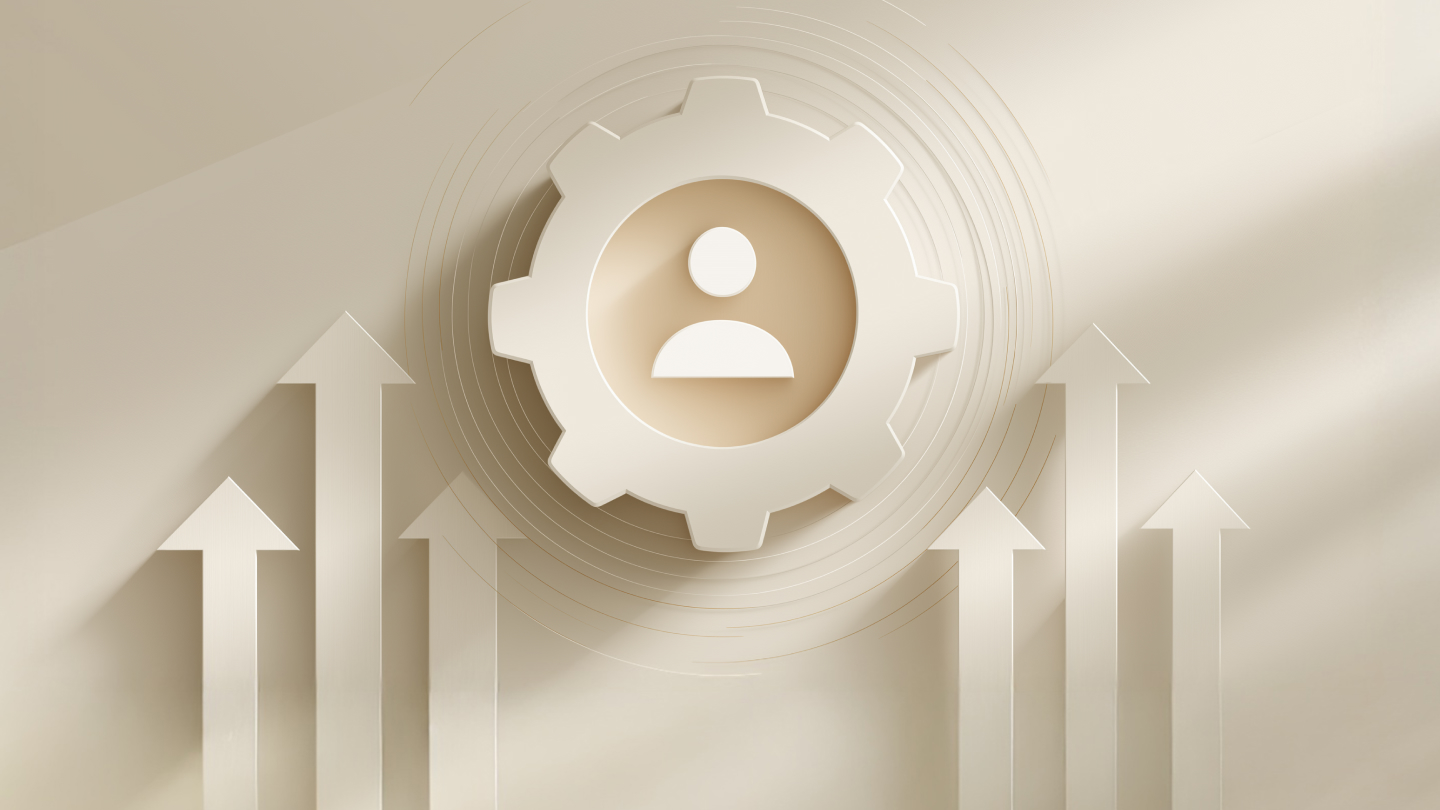The Traditional Research Bottleneck - Slowing the Momentum of Innovation
We recently completed a user research synthesis for a healthcare and certification product in just three days, down from our usual one to two weeks. It felt incredible, not just because of the speed, but because the insights were deeper, clearer, and more actionable than ever. And this isn’t a one-off; we’re seeing this pattern repeat across projects.
Here’s how it was done ~~the exact process we used~~, and why business leaders are taking note of this shift in research methodology.
The Traditional Research Bottleneck (And Why It’s Costing You More Than Time)
Let’s be honest about the old way of doing things; it did take considerable time, and if there is a way to speed things up, it would be beneficial. The initial screener and scheduling the interviews used to take about a week.
- Multiple back-and-forth emails with participants
- Calendar tetris to align schedules across time zones
- Last-minute cancellations and rescheduling chaos
Once things are set, the ball gets rolling on the interviews.
Week 1: Conducting user interviews
- 30-45 minutes sessions, 1 session in hourly block, spread across the week
- Relying solely on manual note-taking while thinking on the sides, whether all crucial nuances are captured or not, despite our best efforts
Weeks 2-3: Manual transcription and theme analysis
- Hours of audio playback and typing
- Post-it note walls that make sense to no one else
- Clustering and theming sessions
- Preparing research and executive read-out reports
The real cost? This traditional 2-3 week timeline means only agitating wait times before the next set of actions and setting the direction.
The AI-Accelerated Breakthrough
Here’s how AI is accelerating User Research, leading to transformative outcomes in 3 days:
Conducting sessions with AI-powered documentation
- Gemini captures and transcribes Google Meet sessions
- Microsoft Copilot handles Teams-based interviews
- Real-time sentiment analysis flags emotional responses instantly
Leveraging LLMs to map the responses to the interview guides
Claude processes all transcripts with custom prompts to provide the mapping of questions and responses, in minutes
- Map the responses from the transcripts to the questions in the interview guides
- Classify additional insights gained separately
- Repeat the process for the remaining interviews
- Consolidated the mapping in a single document
- Identify high-level themes and clusters
- FigJam becomes our digital workspace for theme clustering
- Convert text to sticky notes using Figma plugins
- Prioritize themes and findings from the clusters
Synthesis and insight refinement
- Final review and client-specific contextualization
- Executive summary with actionable recommendations
- Visual frameworks that stakeholders can immediately understand
The Results Speak Louder Than the Process
Time Savings: More than 50% reduction in synthesis time
Quality Improvements: AI detected 40% more thematic patterns than our previous manual process in less time, providing that peace of mind for max coverage.
Cost Impact: For our healthcare client, this meant getting to key outcomes sooner.
All this made our insights better on three fronts.
1. Completeness: AI never gets tired or distracted—every word matters (with careful crafting of prompts and context engineering)
2. Objectivity: Removes unknown bias from initial pattern recognition
3. Cross-connection: Identifies themes across sessions in one go, which manual methods often miss initially
The Business Case for AI-Enhanced Research
For C-Suite Leaders: Faster insights mean faster product decisions, reduced time-to-market, and better resource allocation.
For Product Teams: More comprehensive user understanding leads to fewer costly design revisions and higher user satisfaction scores.
For Innovation Teams: AI handles the grunt work, freeing your team to focus on strategic thinking and creative problem-solving.
What’s your biggest research bottleneck? Let’s discuss in the comments.
I’m curious to hear what’s slowing down your research process—is it documentation, analysis, or something else entirely?
If you’re looking to accelerate your user research process while improving insight quality, I’d love to explore how we can help your team achieve similar results. Sometimes the best way to understand a new approach is to see it in action.









